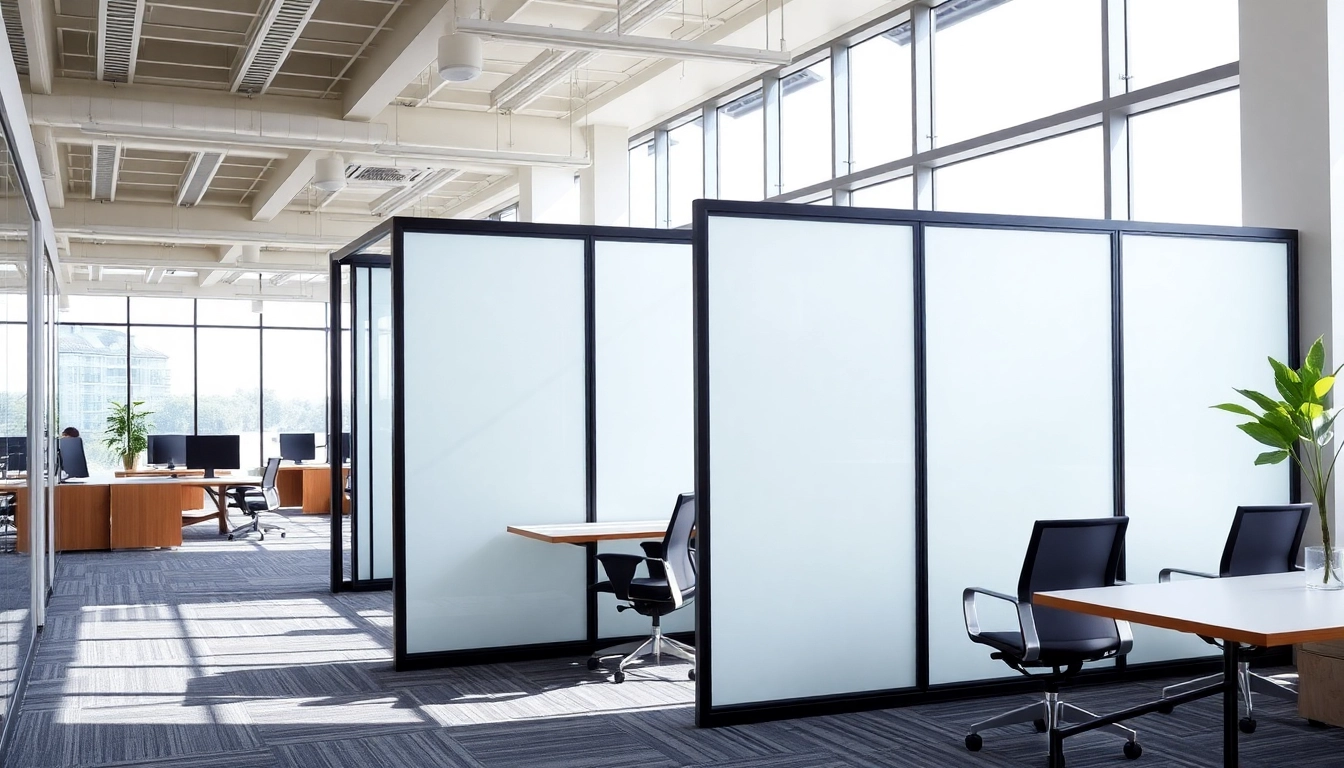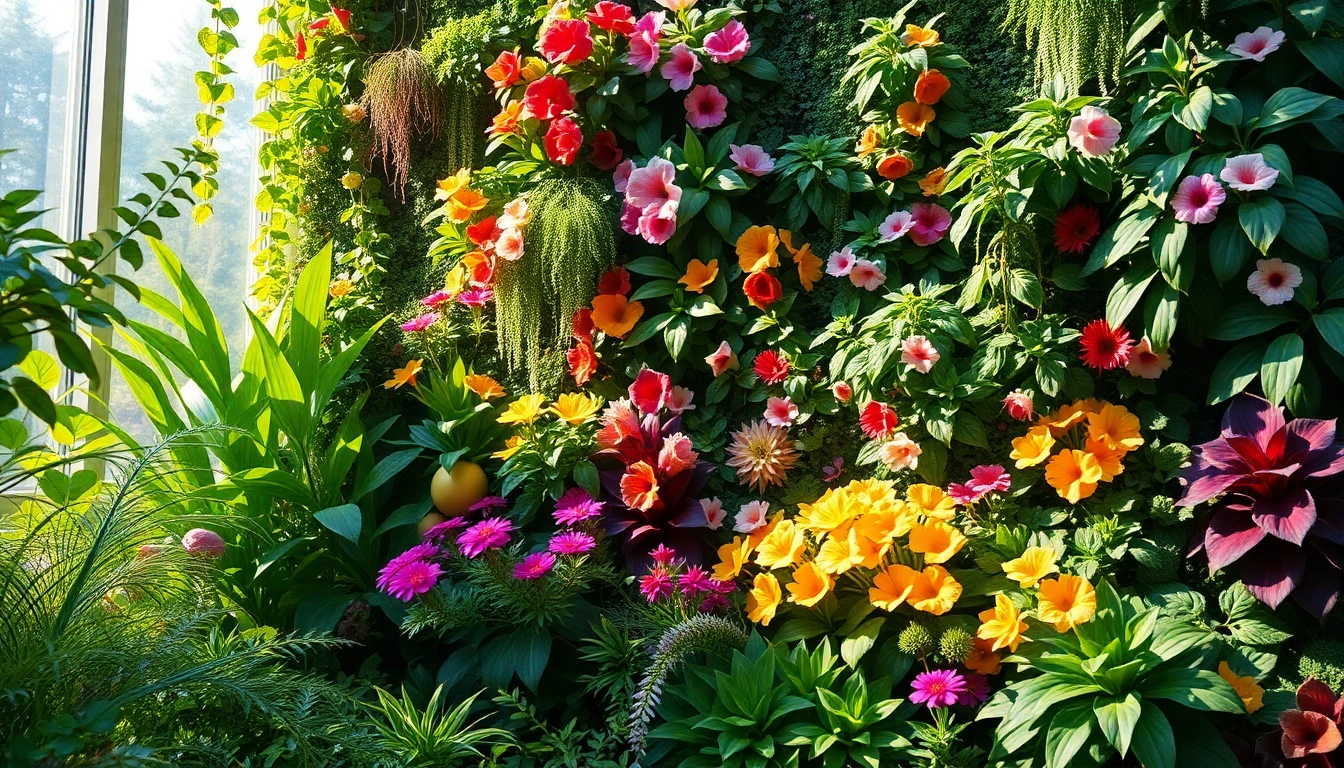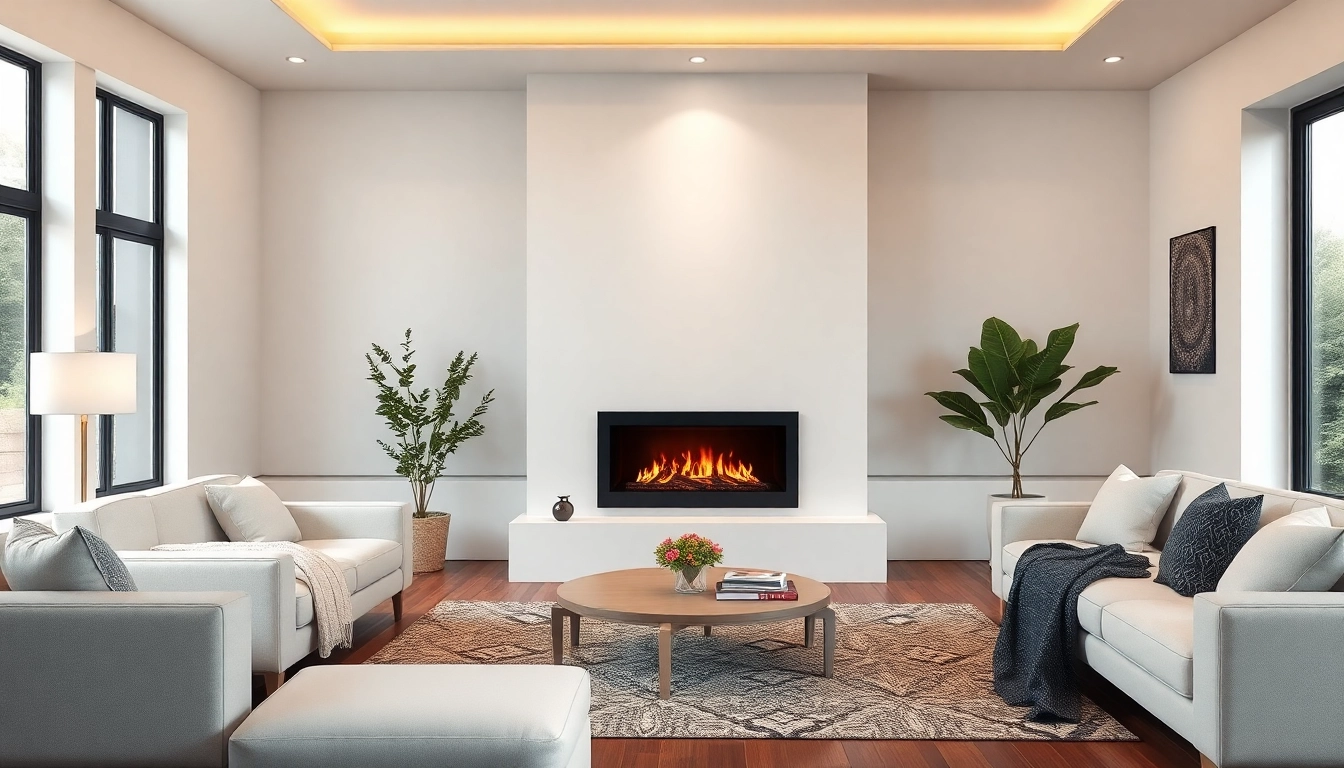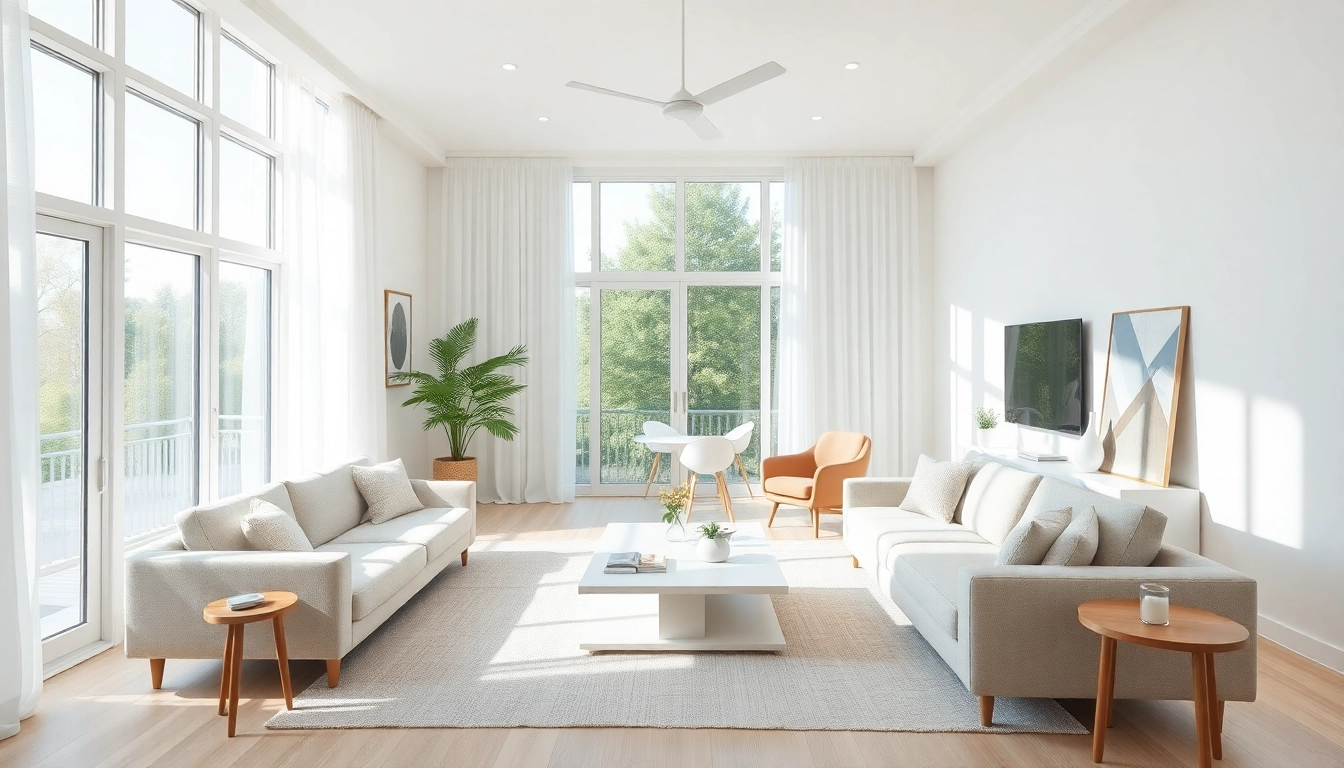Introduction to Folding Partition Walls
In today’s dynamic interior design landscape, the need for versatility in spaces has never been greater. The Folding Partition Wall emerges as a powerful solution for individuals and businesses seeking to optimize their environments. Whether it’s for a cozy living space or a bustling office setting, folding partition walls provide the flexibility necessary to create multifunctional areas tailored to diverse needs.
Definition and Origin
Folding partition walls, as the name suggests, are movable walls that can be folded and adjusted to change the layout of a room. These partitions are usually constructed from a combination of lightweight materials and acoustic insulation, allowing them to be both sturdy and versatile. The concept of movable walls dates back to ancient civilizations when temporary structures were built to serve various purposes; however, modern folding partitions began to gain attention in the mid-20th century with advancements in manufacturing techniques and materials.
Why Choose Folding Partition Walls?
Folding partition walls are not merely practical; they are a stylish solution for modern interior spaces. They allow for:
- Flexibility: Segregate spaces for specific activities, such as turning a conference area into a workshop zone at a moment’s notice.
- Easy Installation: Unlike traditional walls that require extensive construction, folding partitions can typically be installed with minimal disruption.
- Cost-Effectiveness: They often present a more affordable solution compared to permanent constructions, especially in temporary or multi-use environments.
Common Applications in Various Settings
The applications for folding partition walls are vast. In residential settings, they can transform a large living area into distinct spaces for entertainment or work. In commercial settings, they serve well in:
- Office Environments: Creating meeting rooms and collaborative spaces.
- Educational Institutions: Dividing classrooms and auditoriums according to requirements.
- Event Spaces: Allowing for quick adaptations to accommodate varying sizes of gatherings.
- Hospitality: Providing flexible dining and conference areas.
Types of Folding Partition Walls
Accordion vs. Bi-Fold Designs
Folding partition walls generally come in two primary designs: accordion and bi-fold. Each has its unique features:
- Accordion Walls: These walls operate by folding in a zigzag manner, allowing a smooth transition between open and closed positions. They are ideal for spaces requiring frequent adjustments.
- Bi-Fold Walls: These consist of panels that fold together like concertina doors, offering a more streamlined appearance that is often aesthetically pleasing for high-end commercial spaces.
Materials Used in Manufacturing
The materials used for folding partitions are critical in determining their performance and durability. Common materials include:
- Vinyl: Lightweight and easy to clean, making it suitable for temporary applications.
- Wood: Provides aesthetic warmth and can be finished in various styles.
- Glass: Offering a modern look while maintaining a sense of spaciousness, glass walls are ideal for offices.
- Metal: Often used for high-use environments due to its durability.
Customization Options Available
One of the standout features of folding partition walls is the plethora of customization options available. Users can choose:
- Size: Tailored to fit specific spaces.
- Color and Finish: Selection of various finishes to match the interior decor.
- Additional Features: Such as integrated soundproofing or special hardware for enhanced movement.
Installing a Folding Partition Wall
Preparation and Planning
Before installation, proper planning and preparation are essential. This includes measuring the available space accurately, determining the desired layout, and choosing the appropriate partition design and materials. Additionally, reviewing local building codes can help ensure compliance with regulations.
DIY vs. Professional Installation
While some choose to install their folding partitions as a DIY project, others may benefit from hiring professionals. Factors affecting this decision include:
- Complexity of the Design: More intricate designs are typically best left to experienced installers.
- Time Constraints: Professionals can complete installations quickly, saving valuable time.
- Skill Level: Those unfamiliar with construction might find the process challenging.
Essential Tools and Resources
For those opting for a DIY approach, the following tools are required:
- Measuring tape for accurate sizing.
- A level to ensure proper alignment.
- Power drills and fasteners for mounting.
- Safety gear to ensure a safe work environment.
Benefits of Using Folding Partition Walls
Space Optimization and Flexibility
The primary advantage of folding partition walls is their ability to maximize space usage. They allow areas to be reconfigured quickly, which is invaluable in settings such as:
- Event Spaces: Where layouts can change dramatically to suit different types of gatherings.
- Offices: Providing an adaptable workspace that can evolve with team sizes and project requirements.
Acoustic Control and Privacy Enhancements
Folding partition walls are designed to provide various levels of sound attenuation, making them perfect for environments that require privacy, such as:
- Consultation Rooms: In healthcare settings, where confidentiality is paramount.
- Corporate Offices: Where meetings and discussions need to remain private.
Cost-Effectiveness vs. Traditional Walls
When it comes to cost, folding partition walls offer a significant advantage over traditional building methods. The reasons include:
- Lower Material Costs: The materials used for folding partitions are often more affordable compared to traditional drywall.
- Reduced Labor Costs: Faster installation means less labor time is required.
- Flexibility of Options: Allows businesses and homeowners to adapt spaces without extensive renovations.
Maintenance and Care for Folding Partition Walls
Routine Inspection and Cleaning Tips
To maintain the longevity and appearance of folding partition walls, regular inspection and cleaning are necessary. Some best practices include:
- Inspecting moving parts for wear and tear and lubricating them as needed.
- Cleansing surfaces with appropriate cleaning agents to prevent buildup and stains.
- Avoiding abrasive cleaners that can damage protective finishes.
Common Issues and Solutions
Common challenges with folding partition walls may include:
- Sticking Panels: This can often be resolved through lubrication or adjusting the alignment.
- Sound Leakage: If sound transmission occurs, additional acoustic panels may be required for improved sound insulation.
When to Seek Professional Assistance
Certain situations call for professional intervention, such as:
- Major installation issues that may affect safety and functionality.
- Complex repairs beyond simple maintenance that require expertise.
- Required modifications or upgrades that necessitate building code compliance.



